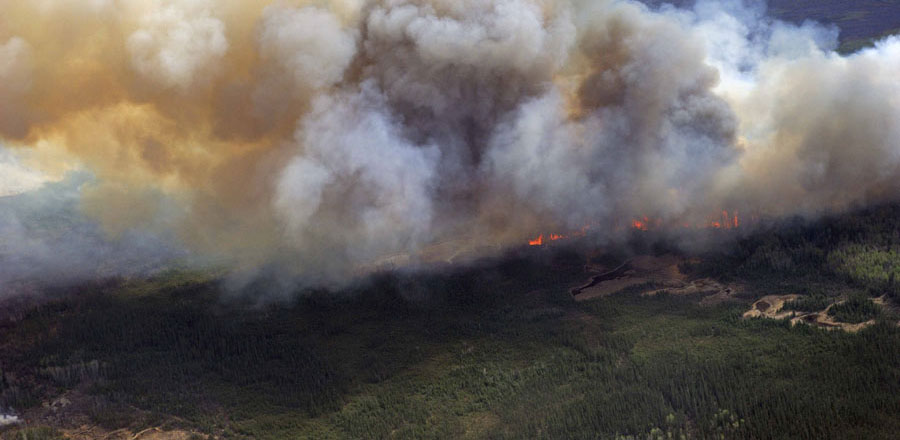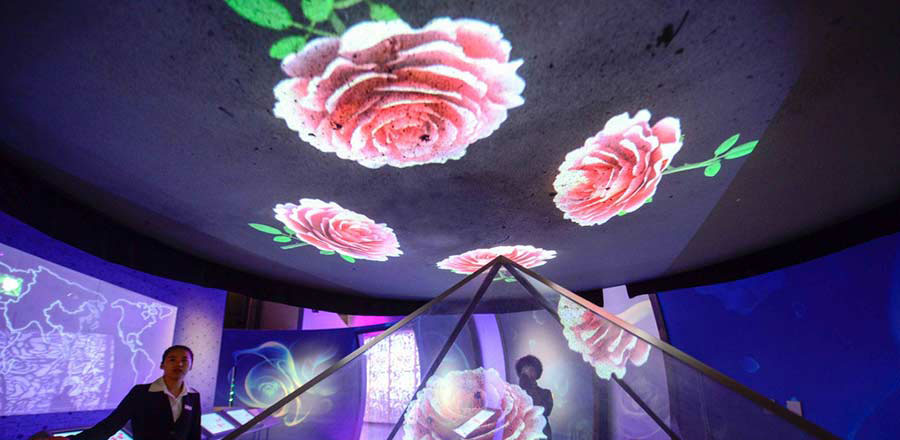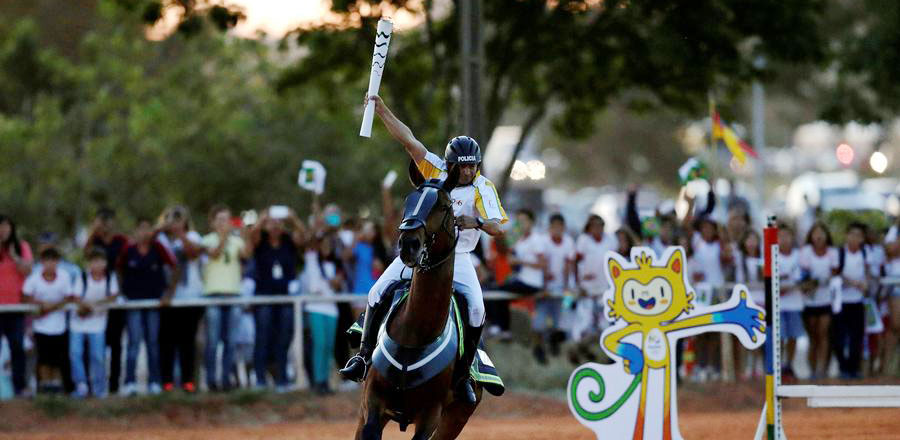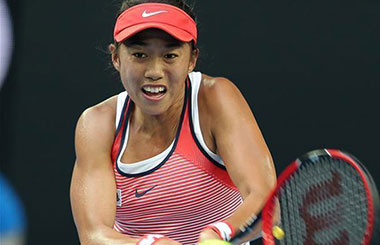
Press and publishing are making steady progress. In 2014, Xinjiang published 111 newspapers, including 51 in ethnic minority languages, and 199 periodicals, including 116 in ethnic minority languages and three in foreign languages. Xinjiang Daily, published in four languages - Uygur, Han Chinese, Kazak and Mongolian - is the official provincial-level newspaper published in the largest number of languages in China. Xinjiang Economic Daily has been published in Urumqi. Urumqi Evening News (Uygur edition) is China' s first evening post published in ethnic minority languages. Kizilsu News (Kirgiz edition) is China' s only newspaper published in the Kirgiz language. Qapqal News is the world' s only newspaper published in the Xibe language. Xinjiang now has 13 publishing houses publishing books, audio and video products, and e-publications in six languages - Uygur, Han Chinese, Kazak, Mongolian, Kirgiz and Xibe. Since 2010, the autonomous region has launched several major publishing projects, including Xinjiang' s Library, Xinjiang Ethnic Literary Creation and Chinese-Ethnic Minority Language Translation Project, and Encyclopedia Sinica (Uygur and Kazak editions). A group of excellent publications have won the Best Works Award, the China Government Award for Publishing, and other national awards.
The radio, film and television industries are developing rapidly. By 2014, Xinjiang had five radio stations, eight TV stations, 92 radio and TV stations, and 66 medium and short-wave radio transmitter and relay stations. Some 96.5 percent of the local population had access to radio, and 96.9 percent to TV. Xinjiang People' s Broadcasting Station now provides 12 radio channels in five languages - Uygur, Han Chinese, Kazak, Mongolian and Kirgiz, and Xinjiang TV provides 12 TV channels in four languages - Uygur, Han Chinese, Kazak and Kirgiz. Radio programs from Xinjiang People' s Broadcasting Station are available to the world through Xinjiang News Online (http://www.xjbs.com.cn) and CRI Online (http://gb.cri.cn). Xinjiang' s radio and TV programs have been broadcast in Kirghizstan, Uzbekistan, Kazakhstan, Mongolia and Turkey. Xinjiang TV is the provincial-level TV station boasting the largest number of channels and broadcasts in the largest number of languages in China; its program signal covers the whole of the region, the capital cities of all provinces and autonomous regions, plus the Hong Kong and Macau SARs. In the last five years, Xinjiang has dubbed an annual average 5,500 episodes of ethnic minority films and TV plays, and a number of fine films, radio and TV programs have won the Best Works Award, the China News Award and the China Huabiao Film Awards. New media is developing rapidly. Currently, Xinjiang has nearly 17,000 registered websites and 11.4 million netizens, and about 50 percent of the local population has access to the Internet. In 2014, the autonomous region opened a WeChat public account called "The Last Kilometer," which covers all parts of China and dozens of other countries and regions. This has become an important public platform to spread the voice of Xinjiang and discuss issues related to Xinjiang. The autonomous region, the various subordinating prefectures and counties have jointly developed a "zero-distance" Internet communication platform, which constitutes a new system of international communications.
Cultural exchanges with other countries are becoming increasingly lively. The autonomous region has sent delegations to more than 60 countries and regions, including the US, Germany, Japan, Kazakhstan, Turkey and Libya, to participate in academic exchanges, hold exhibitions of cultural relics and stage theatrical performances. Xinjiang has registered and founded publishing institutions in Turkey, Kazakhstan and the US. China Xinjiang International Ethnic Dance Festival, Chinese and Foreign Culture Week of China-Eurasia Expo, and China Xinjiang International Arts Biennale have become brand-name cultural exchange projects of considerable international influence. Sports have been promoted. Xinjiang had 425 sports venues of various types in 1955. By 2014, it had more than 26,000. The autonomous region encourages people to participate in the nationwide fitness campaign. It has held 13 Sports Meets of Xinjiang Uygur Autonomous Region, eight National Traditional Ethnic Minority Sports Meets, various sports meets for senior citizens, and Paralympic sporting events. Rural sports are thriving. Xinjiang has established 7,726 Farmers' and Herders' Sports and Fitness Projects at village level. These sports events and fitness activities have been much appreciated by the local farmers and herders. By 2014, the autonomous region had identified and revived 629 traditional ethnic minority sports. The Uygur traditional tightrope-walking activity known as Darwaz is of great repute around the world.
Cultural and sports industries have maintained a sound momentum of development. By 2014, Xinjiang had established six state-class cultural industry demonstration bases, 20 cultural industry parks (zones) at the autonomous regional and prefectural levels, and 76 cultural industry demonstration bases at the autonomous regional level. In recent years, the region has been proactively experimenting with the professionalization and commercialization of sports; a group of professional sports clubs have been introduced and established, including Xinjiang Tianshan Snow Leopard Football Club and Tianshan Women' s Basketball Club. Sports events and the market for sports performances are flourishing; Taklimakan Rally and CBA (Chinese Basketball Association) matches in Xinjiang have been commercial successes. Xinjiang has fostered a sports and fitness market supported by grassroots clubs, and promoted distinctive mass sports events. Continuous development has been seen in the sports leisure market, represented by the China International Camping Congress and the International Desert Hiking Contest, and featuring in particular winter sports and air sports.













